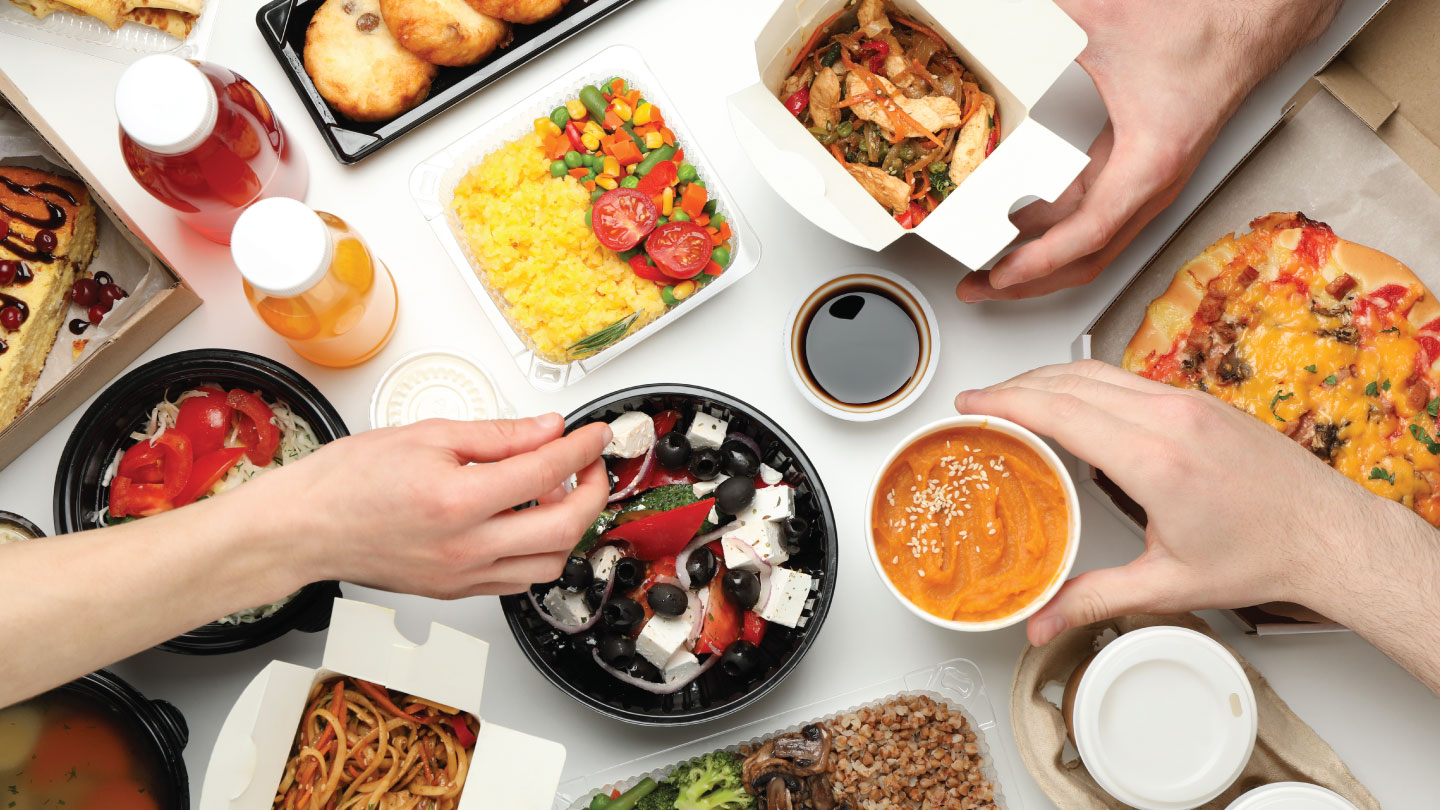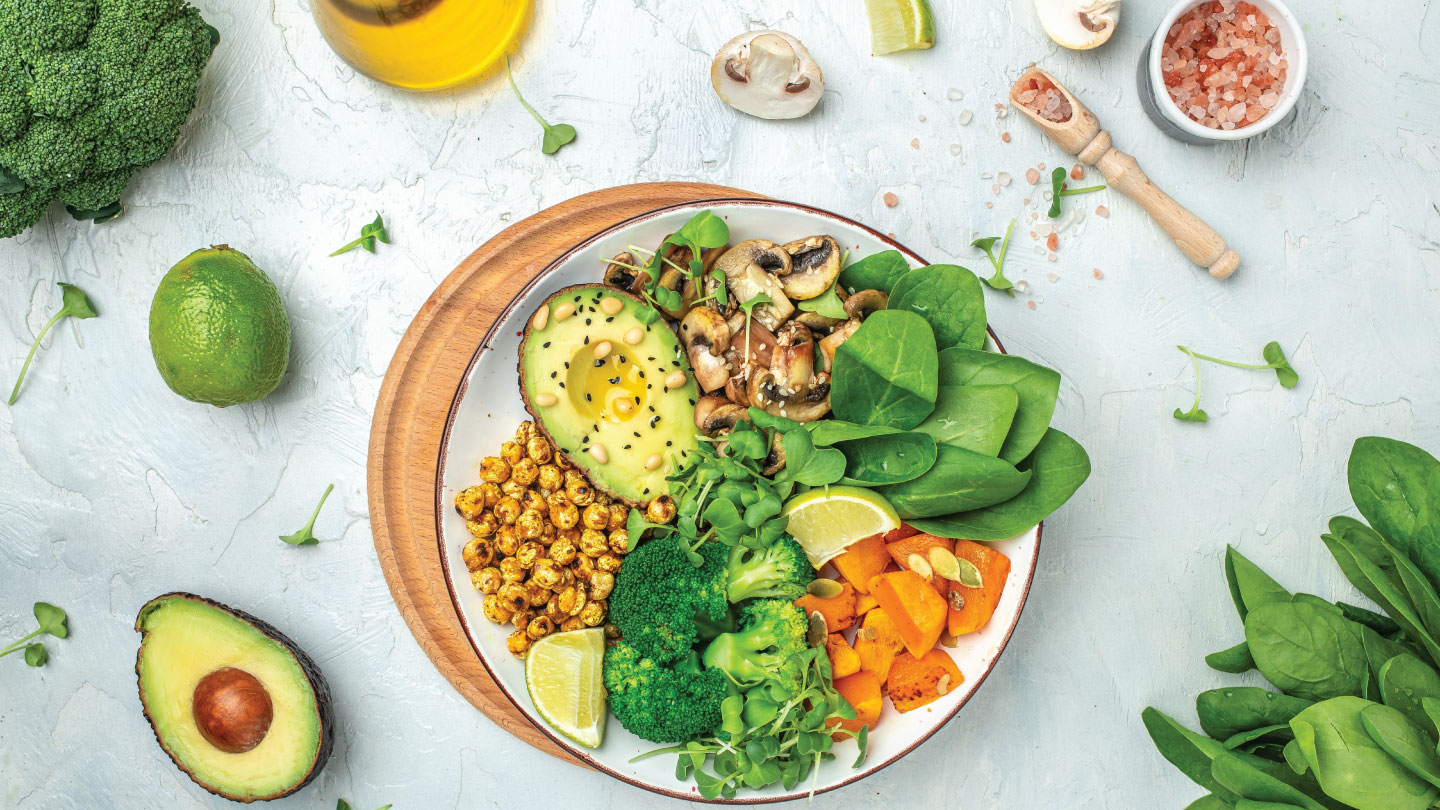Nutrition
Good Gut Food: Prebiotics And Probiotics
Our mood, the energy with which we take on the day and our body’s ability to absorb nutrients all depends on the synergy between probiotics and prebiotics. Here’s what you need to know to improve your gut health.

Probiotics and Prebotics keep our gut healthy by facilitating smooth functioning of the intestinal environment. The large and small intestines need healthy bacteria to break down nutrients and make vitamin K. Probiotics strains such as Bifidobacterium, Lactobacilli, S. boulardii, B. coagulans help digest food. These are found in foods such as yoghurt, kimchi, green peas, idli and fermented soyabean. Prebiotics improve the viability (ability to work successfully) of Probiotics. These are found in apples, bananas, berries, cocoa, barley and asparagus. In a nutshell, Probiotics need prebiotics to work effectively.
Difference between Probiotics and Prebiotics
Probiotics: Probiotics are live microorganisms we get from different foods to support optimal functioning of the digestive system. These fights off bad bacteria and help the body digest food.
Prebiotics: Prebiotics are nondigestible dietary ingredients that stimulate the growth of good bacteria in the colon, a.k.a, probiotics. Prebiotics are commonly found in a lot of fibrous foods such as spring onion, beetroot, sweetcorn, and beetroot.
Benefits of Probiotics
- Potentially treat irritable bowel syndrome, diarrhoea, gastroenteritis and similar stomach problems
- Improves mental health by reducing anxiety and depression
- New research points at the microbiota-gut-brain axis, suggesting that probiotics could improve behaviour profile in children with autism spectrum disorder
- Nurtures the cell lining of the digestive tract
- Helps in the maintenance of BMI
Benefits of Prebiotics
- Stimulates the growth of healthy bacteria in the gut by helping maintain a healthy balance of good and bad bacteria
- Keeps the pH level of the stomach balanced
- Aids functioning of immune system
Best Time To Have Probiotics and Prebiotics
In the case of probiotics, an empty stomach is ideal for consumption. The best time to have a probiotic is in the early mornings or in between two meals.
Since a prebiotic is a compliment to a probiotic, prebiotics can be consumed almost at the same time as probiotics. It is advised to keep a 15-minute gap between both to avoid bloating. People suffering from irritable bowel syndrome can time the prebiotics to avoid the irritant effects.
The bottom line
It is important to include both probiotic and prebiotic-rich foods as a part of a balanced diet. The live and active cultures from these foods can help break down certain nutrients, reduce bad (LDL) cholesterol, control inflammation and balance your body to make you feel better.
However, it is also advisable to talk to your healthcare provider before you begin to intake probiotics and prebiotics. Some people may have possible risks with developing an infection or allergy.
5 Natural sources of Prebiotics
1. Cacao
A study done in 2021 in the Nutrients journal said that the polyphenols in cocoa help the growth of lactobacillus and bifidobacterium, while reducing the pathogenic bacteria in the stomach.
2. Oats
Regular consumption of oats can reduce the LDL cholesterol, improve control on blood glucose levels and reduce cancer risk. Oats have a positive influence on good bacteria. British Journal on Nutrition in 2016 said that Beta-glucan and resistant starch in the oats help probiotics grow.
3. Raw Bananas
A significant source of potassium, raw bananas contain high amounts of resistant starch which is quite healthy for probiotics, says Dr Ruth E Patterson in the Journal of the Academy of Nutrition and Dietetics.
4. Garlic
Garlic is an excellent antioxidant. Food Science & Wellness Journal in 2013 said that garlic can prevent the growth of bad bacteria in the stomach, along with assisting the growth of Bifidobacteria.
5. Flaxseeds
Apart from being a great source of protein and good fats, flaxseeds are also very good for prebiotics. The fiber in the flaxseeds promote the growth of healthy gut bacteria. As per Nutrition & Metabolism journal, flaxseeds are a very good source of water soluble fibers which are in turn a potential food source for gut microbiota.
5 Natural Sources of Probiotics
1. Indian Yoghurt/Dahi
A perennial food item in Indian kitchens, t is an excellent source of protein and calcium. As the primary ingredient is the lactobacillus, it is a primary source of probiotics.
2. Idli
This south Indian, fermented breakfast staple is nutritious and rich in good bacteria. Along with that, the fermentation of idli batter also increases the bioavailability of minerals.
3. Green Peas
According to an article in the Journal of Microbiology, green peas are rich in probiotics such as Leuconostoc mesenteroides. dding green peas to your diet can increase the probiotic content in the gut.
4. Akhuni
Akhuni is a fermented soyabean cake traditionally used in Naga cuisine. Akhuni contains high amounts of probiotics due to heavy fermentation.
5. Paneer (Indian Cottage Cheese)
Though all cheeses are fermented, not all contain probiotics. Indian cottage cheese not only is good for the gut but also contains a high amount of protein—about 11 grams as per US FDA charts, while it is also a very good source of calcium.
EXPLORE MORE
Five thoughtful breakfast combinations that work with diabetes, PCOS, thyroid issues, inflammation, and heart health.
From fibre and protein to gut health and mindful meals, these are the healthy eating lessons that stood out in 2025!
Bloating isn’t just about overeating or bad food choices. According to expert nutritionist Dr Lakshmi Kilaru, it’s often the result of multiple factors. Keep reading to know more.
If you’re on a GLP-1, your diet can make or break your health journey. Here’s your guide to avoid common pitfalls.






.jpg)

.jpg)

